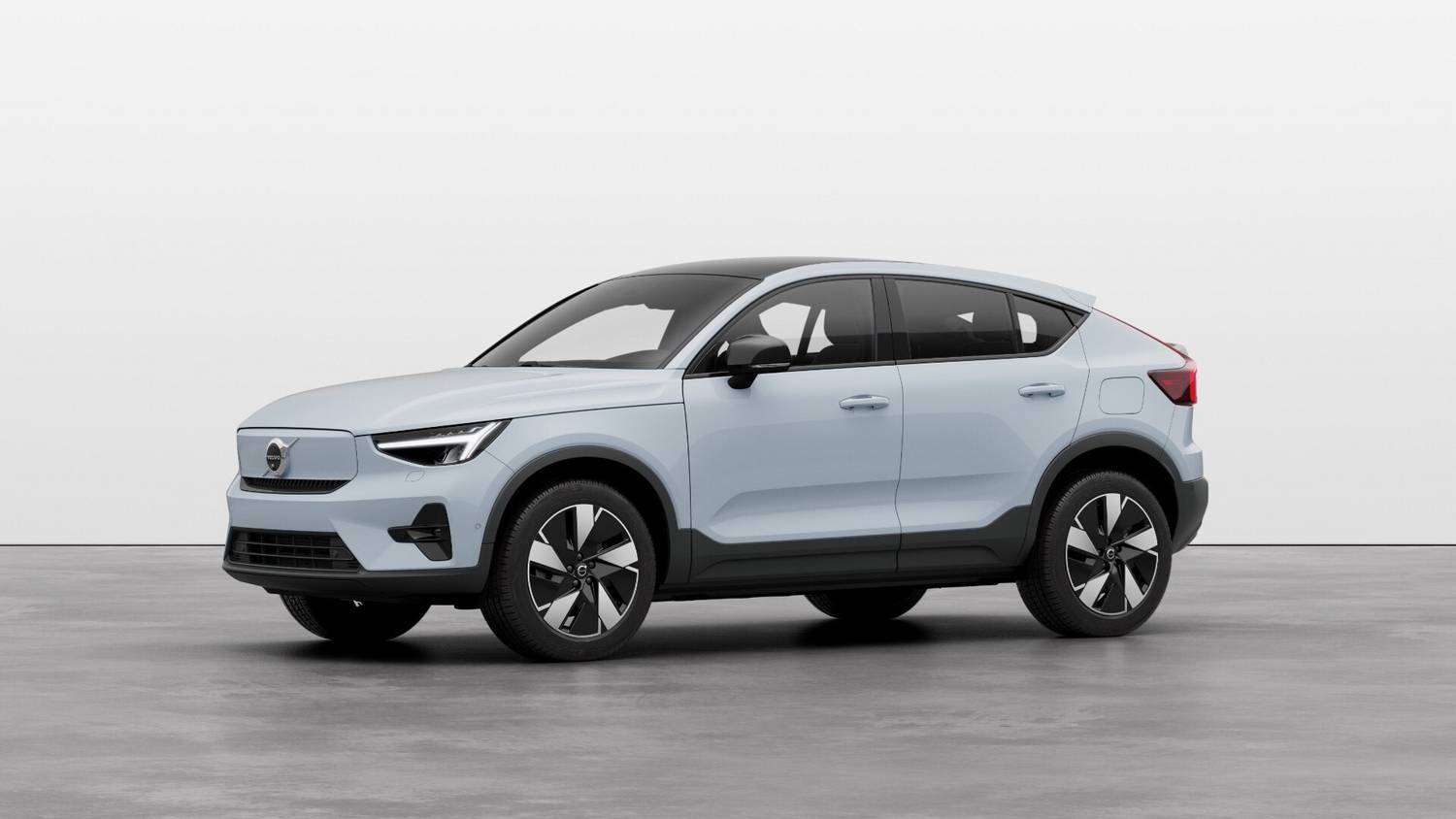The range of Volvo electric cars has also been increased to 2023, but the real innovation is that the Swedes have rear-wheel drive again for the first time in 25 years. This time with 235 horsepower in single-engine compact crossovers.
Volvo’s electric crossover with a rounded roof arch, the C40 Recharge, has all-wheel drive We also have the twin version She visited before it became apparent that he might be having problems in the moose test. But the worrying management of anxiety is now over!
The big innovation is that the 170kW permanent magnet synchronous motor driving the front axle has been replaced by its own developed AC motor capable of delivering 175kW, or 235hp, packed to the rear axle.
The cooling of the batteries has also been improved, so the C40’s rear-wheel drive recharge range, which still has 69 kW of power, rises to 476 km WLTP from the previous 438, and jumps from ten to eighty percent in 34 minutes with a powerful DC fast charger. 130 kW.
Also an option is the larger 82kWh battery, which delivers 248bhp with a range of 515km on a recharged XC40, or 533km on a recharged C40. These models can also be charged with a 200 kW DC charger, which Volvo promises will charge from ten to eighty percent in 28 minutes.
And now a quick overview: 25 years ago, in 1998, the last rear-wheel-drive Volvo platform was the P90, and more than six hundred thousand Volvo 940s, S90s and 960/V90s station wagons were produced in eight years.

Of course, the two-engine C40s and XC40s in 2023 will also be produced for all-wheel drive fans. The two motors of the previous 150 kW motor were replaced by a 183 kW permanent magnet synchronous motor in the rear, and a new 117 kW asynchronous motor in the front.
This performance comes with an 82 kWh battery as standard. WLTP gives the XC40 Recharge 500 km, 62 more than before, while the C40 adds an additional seven km to the total.
Needless to say, Volvo’s new 19-inch rims also improve traction.












































